A hub for international research and a destination for patients seeking exceptional care, St. Louis is the ideal place to train and excel in health, medicine and research.
The city is home to more than labs and hospitals, though. St. Louis attracts artists, engineers, entrepreneurs, activists and other innovative professionals working at the forefront of diverse fields and endeavors.

Because St. Louis tends to keep a low profile, newcomers are often surprised by its abundance of character, culture and entertainment. In fact, the city earns accolades from techies, foodies, music-lovers and outdoor enthusiasts nationwide.
In St. Louis, the excitement and amenities of a big city are readily available, but living here is also easy and affordable.
Something for Everyone
St. Louis is a patchwork of eclectic and affordable neighborhoods with world-class arts and attractions. Residents enjoy an outstanding culinary scene, hip nightlife, beloved sports teams, miles of green space, and a gleaming national park in the heart of downtown. The city’s world-class museums, gardens and arts centers showcase award-winning performances and exhibitions. Outside of town, Missouri’s rambling trails and cool streams offer endless adventures in hiking, biking, climbing and kayaking.
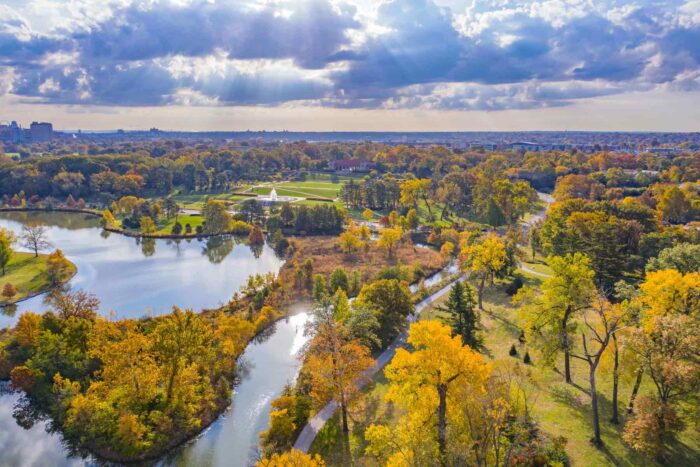
Food for Thought
St. Louis is home to countless restaurants, coffee shops, breweries and bakeries that delight food-lovers of all palates. A rotating cast of food trucks rolls through campus on a daily basis, and dozens of dining options within a mile of campus offer fare ranging from poké bowls and street tacos to gourmet donuts and French pastries. Whether you’re looking for a quick bite or full service, your options are covered.
New residents and natives alike praise St. Louis for providing the career and cultural opportunities of a big city with the convenience and low cost of living often found in smaller towns. In fact, a 2019 assessment ranked St. Louis among the top U.S. cities where people live the most balanced lifestyles.
Get to Know St. Louis
St. Louis’s cultural institutions, affordability and endless options for recreation and entertainment regularly earn the region national recognition. These guides will help you decide where to start if you want to get to know our city.
- Video: A Day in St. Louis (Explore St. Louis)
- 25 things to do in St. Louis (Explore St. Louis)
- Dis-Orientation Guide (WashU medical student publication)
- Gateway to the Best (St. Louis Magazine)
- In-depth neighborhood guides (NextSTL, St. Louis City Talk)
- Where to live in St. Louis (St. Louis Magazine)
- 36 hours in St. Louis (New York Times)
- Kid-friendly St. Louis (Explore St. Louis)
- Parents’ guide to St. Louis schools (Navigate STL Schools)
- Entertainment calendar (St. Louis Post-Dispatch)
- Gay St. Louis (Daily Xtra)
- Ferguson Commission Report (Forward through Ferguson)
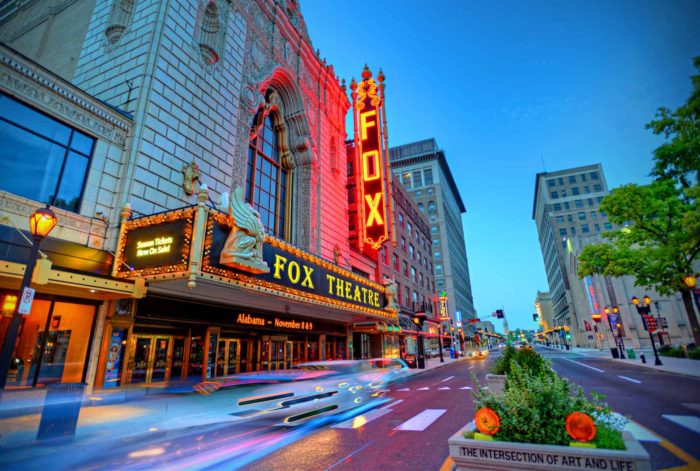
At home in the heart of it all
St. Louis consistently ranks among the most affordable cities in the U.S., and the city’s dozens of neighborhoods and surrounding suburbs – each with their own perks and personalities – invite you to find the perfect place to call home.
The neighborhoods closest to the medical campus offer trendy establishments, historic charm and a quick commute. The campus is located in the city’s Central West End, an area brimming with dining and entertainment options that cater to the area’s young professionals. A short walk away, the Grove district is home to breweries, music venues, pizza joints, street fairs, international eateries and more.
| TIME: World’s greatest places of 2021 » |
| Business Insider: St. Louis is #1 city for millennials to live and work » |
| Travel + Leisure: Ten most beautiful and affordable places to live in the U.S. » |
The medical campus also borders Forest Park, where miles of multi-use trails wind around some of the city’s most popular destinations. Frequently topping lists as one of the nation’s favorite city parks, Forest Park is home to the city’s art museum, zoo, science center and other free attractions, offering an expansive area to explore recreational and cultural interests – from paddleboard yoga to meeting polar bears face-to-face.
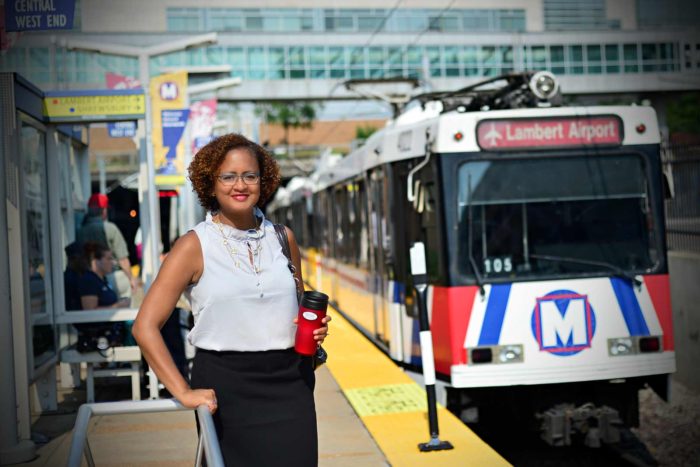
St. Louis is also easy to get around. The medical campus is surrounded by walkable, bike-friendly neighborhoods. Students and employees get free Metro passes, good for the region’s bus and light rail systems. The MetroLink train makes a stop in the heart of the medical campus, so a trip downtown, to the university’s Danforth Campus, or to the airport is a quick ride away. The university also offers free membership in a Car Share program, and the city’s scooter share gives you even more ways to get around town.
Human Rights Campaign:
St. Louis scores 100/100 on LGBTQ equality index »
A hub of health and biotech innovation
St. Louis has an impressive bioscience history, yet it’s the city’s future as the home of a thriving science and technology community that is generating excitement and interest from students and professionals in medical research and practice.
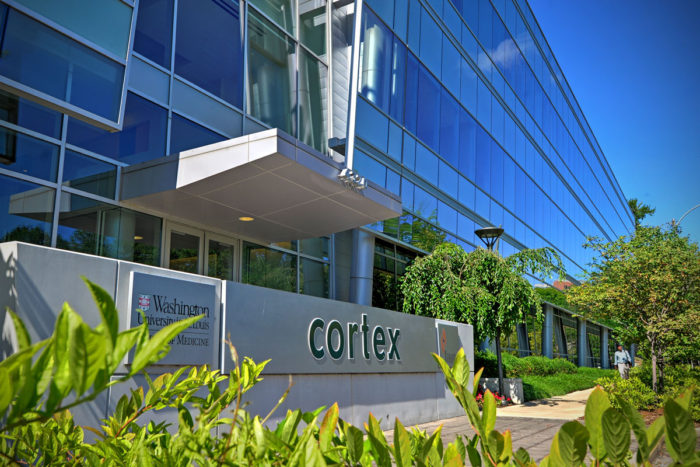
In fact, St. Louis consistently earns a top spot on lists ranking America’s best cities for innovation, tech and startups (see what Business Insider, the Brookings Institution, Popular Mechanics and Forbes have to say).
More than 1,000 plant and life science companies already flourish in St. Louis, which ranks second in the nation for jobs in the biotech, chemicals, pharmaceuticals and advanced materials industries. Moving forward, Washington University School of Medicine is at the center of growth in the city, both literally and figuratively.
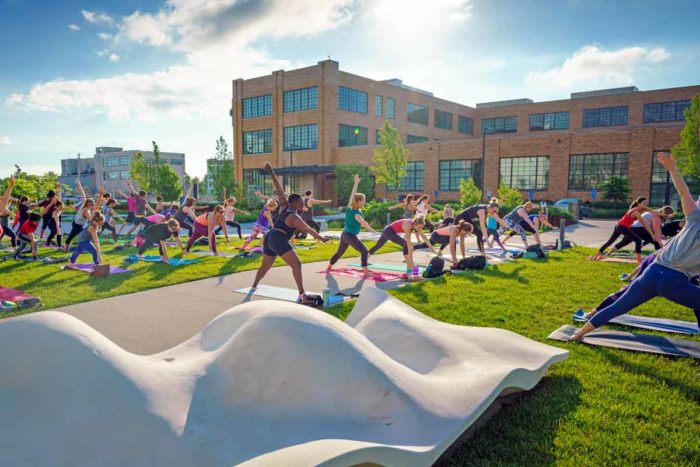
In 2002, the school joined forces with some of the region’s major academic and research institutions to found the Cortex Innovation Community, the Midwest’s premiere hub of bioscience and technology research, development and commercialization. Located adjacent to the Medical Campus, this rapidly expanding biotech district is home to dozens of startups and established companies, as well as networking events, hackathons, funding groups, fabricators and other resources.
| St. Louis Magazine: From geospatial to ag-tech, St. Louis’ business scene is booming » |
Rooting out Systemic Racism
In recent years, the St. Louis region has become ground zero for a nationwide social justice movement. While many people in St. Louis live comfortably in safe neighborhoods with easy access to good schools, amenities and health care, too many residents live a world away, grappling with the consequences of systemic racism.
| New York Times: In 7 Great Cities, 7 Great Walks » St. Louis: A New African American Trail: “The St. Louis Brickline is as much a greenway as a public reckoning of the city’s racist history — and its impact on Black residents today.” |
With a strong commitment to anti-racism, the medical school is facing these disparities head-on. The school is taking meaningful action to increase diversity on campus and in health professions while making culturally competent healthcare a curricular priority. University-wide, diversity initiatives and programs aim to correct systemic disparities, while dialogue series and community partnerships expand the conversation beyond campus and promote active engagement.
It’s little surprise that a socially engaged campus attracts students, investigators and practitioners in health and medicine who are passionate about addressing social and health disparities and helping others.
| Writing health equity and social justice into the curriculum When Eva Aagaard, MD, joined the School of Medicine as senior associate dean for education, her first charge was to revamp the medical curriculum. “By revising the curriculum to intentionally address social and economic barriers to good health,” Aagaard said, “we can build upon existing community and university partnerships, and develop new ones — all with the goal of improving the health of the St. Louis region and beyond. “We can lead changes that need to happen here and nationwide. St. Louis is ready. Washington University is ready. I’m ready.” The new curriculum — called the Gateway Curriculum — launched at the start of the 2020-21 academic year. |
Washington University School of Medicine is a place for people who want to change the world. Our students, faculty and trainees are active partners in the St. Louis community, working to improve the region’s public health infrastructure while developing the cultural awareness required of effective and engaged health care professionals.